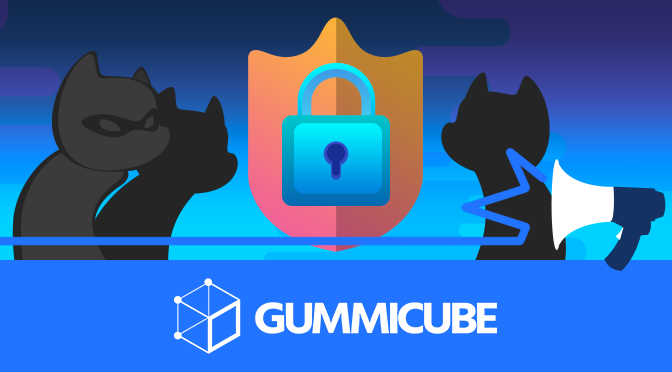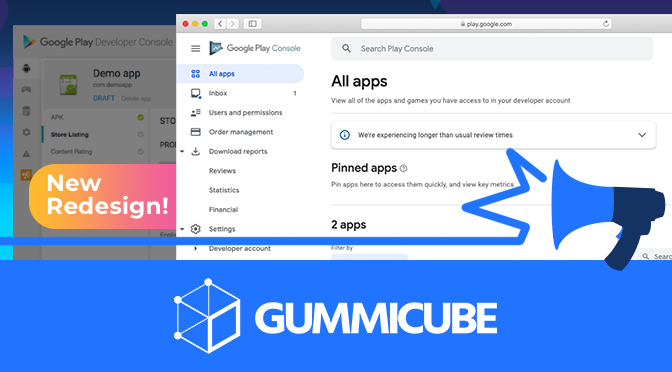
App Store Holiday Schedule 2020
Posted on November 23rd, 2020
When is the App Store Holiday Schedule 2020? Learn about the dates of this year's shutdown and how to prepare.

Apple Releases Updated App Analytics with new App Attribution Data; App Developers Can Now View Search & Organic Installs Apple announced that it has updated App Analytics inside of iTunes Connect with new datasets that provide attribution into installs that come from App Store search. This bombshell announcement is ushering in a new level of transparency around app attribution. It also underscores the importance of search as a channel and the value of users that come from search. Not surprisingly, this update comes on the heels of Apple rolling out its Search Ads platform globally. Apple has previously stated that up to 65% of all downloads come from search, however there has historically been a challenge pulling apart sources of “organic” traffic using traditional attribution tools. As of today, marketers can now see app attribution for which organic downloads come from App Store Search, App Store Browse (charts and “featured” placement) and unrelated App Referrers / Web Referrers (typically paid sources of traffic).
iTunes Connect Resources and Help:
As one of the largest App Store Optimization companies in the world, Gummicube manages optimizations for 1000’s of apps globally. To help marketers get a preview of what this might mean for their strategy going forward, Gummicube created a sample index which looks at apps across high volume categories in the App Store at scale. We averaged this data to demonstrate what the broader ecosystem looks like – and most importantly how this data may change mobile marketing forever.
While Apple has released that 65% of downloads come directly from organic search, our index shows on average only 3% of users originating from search visit the full app store listing. This means the majority of search users convert based on your search result view- the first 3 screenshots and icon are critical to converting these impressions to downloads. This behavior is vastly different from paid campaigns where users are driven directly to your store listing, and therefore nearly all paid UA Page Views and Impressions are identical. While paid marketing efforts make up the minority share of potential users, it's important to account for both channels when structuring your store listing creative.
Marketers frequently conduct A/B testing of elements in their app page to increase conversion for their apps.
This activity has really been driven by innovations in Google Play which allow for very effective split testing of an app page live in the store.
While this is effective for Google Play, and certainly some learnings can be carried from one store to another, it is now very clear that the App Store user experience is quite different.
This data when extrapolated could mean that 95% of downloads in iOS that originate from search are triggered by the “GET” button in the search result.
Apple reports these users as impressions, but not as page views.
That means a high converting app page presentation doesn’t necessarily mean a high converting search presentation that maximizes organic downloads.  Gummicube Data Sample
Gummicube Data Sample
In Apple parlance, the impressions that you receive from chart position or being specially featured in the App Store as a source are called “App Store Browse”. Thanks to the new app attribution data available, Gummicube has concluded that App Store Browse can generate an average of 68% of impressions, but only 7% of total installations for most apps. This is an almost inverse relationship to search, which, as you may recall from earlier, generates an average 21% of impressions but nearly 40% of total installations. For marketers, this should make improving search based installs a top priority.
While App Store Browse activities generate an average of 68% of impressions, they only generate 5% of sessions on average across Gummicube’s index. This compares to Search, which generates 21% of impressions and an average of 56% of the sessions for measured applications. While App Referrers and Web Referrers may vary for every app depending on the size of the brand and level of marketing activity, metrics pertaining to Search v. Sessions and Browse v. Sessions were fairly consistent across the board. This data shows that long term investment in ASO and paid search clearly pay off, because users are seeking out a specific product or service. Downloads coming from simply browsing the App Store result in users who have a more passive interest.
For many apps, search within the App Store alone can generate nearly 5X the number of installs over time vs. all sources defined by Apple as “App Store Browse”, which include featured placements and chart position. The new app attribution data from Apple helps prove this. Further, users coming from search are 11X more active than users who passively install when they stumble across the app in other areas of the App Store. If sessions and activity translate into revenue, which they usually do, this means that organic and paid search are the most valuable acquisition channels. This is big news for the mobile marketing community, as it has the potential to further shift the focus away from install volume alone and toward acquiring quality users. It demonstrates, at least in the iOS ecosystem, how users behave in the organic user funnel and why that is differs from the funnel that exists for paid user acquisition. Finally, it shows marketers who may have been slow to embrace ASO that there is a sea change happening in the mobile world and search is becoming the preeminent channel to connect with their audience.

When is the App Store Holiday Schedule 2020? Learn about the dates of this year's shutdown and how to prepare.

Apple's App Store Guidelines have strict privacy requirements. Developers now must provide information to users on the App Store listing regarding the data they access.

The Google Play Developer Console has been updated with a new design and adjusted tools. What's different, and how will it impact App Store Optimization?